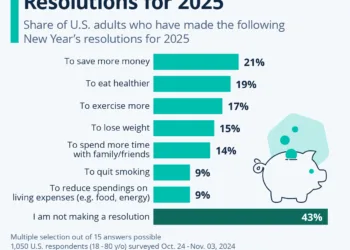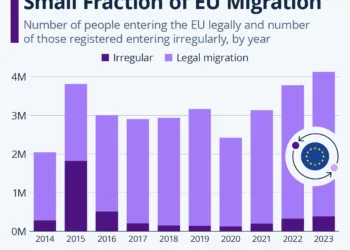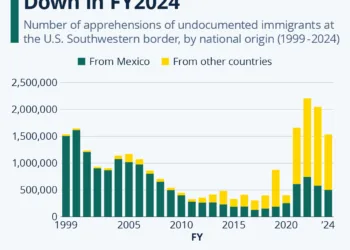The Rise of Second-Hand Shopping: An Insight into Consumer Trends
Understanding the Shift in Consumer Behavior
With rising inflation impacting the prices of everyday goods, many consumers are looking for alternatives to manage their finances more effectively. As prices for various products remain elevated compared to just a few years ago, the trend toward second-hand shopping has grown noticeable. From clothing to electronics, buying used items has become an increasingly popular avenue for saving money.
Clothing: The Top Choice for Thrifters
A Closer Look at Second-Hand Apparel
According to recent data from Statista, clothing emerges as the primary category for second-hand shoppers in the United States. Despite this, the actual participation rate in second-hand clothing purchases remains surprisingly low. Only 30 percent of surveyed adults reported buying second-hand clothing in the past twelve months.
Shoes: A Secondary Yet Significant Choice
When it comes to footwear, the participation dips even further, with only 19 percent of respondents indicating they had purchased second-hand shoes within the same timeframe. These figures reveal a remarkable contradiction: while there is an interest in thrift shopping, actual engagement in such practices seems limited.
The Broader Market for Second-Hand Goods
Other Categories Under Scrutiny
The inclination to buy second-hand extends beyond clothing and shoes, but the engagement is markedly lower in other categories. For instance, only 12 percent of participants stated they had made a second-hand purchase related to consumer electronics in the past year. This statistic raises questions about consumer attitudes towards buying used tech, considering the vast secondary market for smartphones and other gadgets.
A Growing Apprehension
The findings highlight a cautious approach among consumers regarding second-hand purchases. A significant 41 percent of respondents reported that they hadn’t bought anything second-hand in the previous twelve months. This reluctance could stem from perceptions about quality, hygiene, and the overall shopping experience associated with used goods.
The Rise of Online Platforms
Making the Thrift Experience Accessible
The evolution of online platforms has transformed the landscape of second-hand shopping. Websites and apps dedicated to the resale of used items have made it easier than ever to buy and sell. This shift has enabled consumers to access a broader range of products, even as the engagement rates reveal a gap between potential interest and actual purchases.
Convenience Meets Environmental Consciousness
Beyond just financial savings, buying second-hand also resonates with consumers’ growing awareness of sustainability. The environmental benefits of recycling clothing and other goods are becoming more apparent, yet many still hesitate to embrace this shopping method fully.
Navigating the Second-Hand Shopping Experience
Barriers to Entry
Despite the clear advantages, several barriers may deter first-time second-hand shoppers. The stigma associated with buying used items, concerns about the condition of the merchandise, and the additional effort often required to sift through second-hand options can discourage some consumers from exploring this market.
Strategies for Success
For those interested in entering the second-hand market, various strategies can enhance the experience. Setting clear expectations, researching the value of items, and utilizing online reviews can help mitigate concerns and make informed purchasing decisions.










